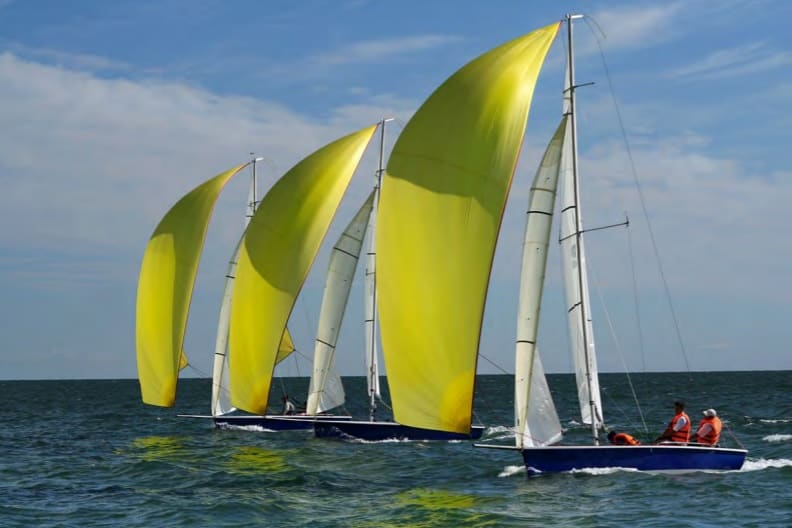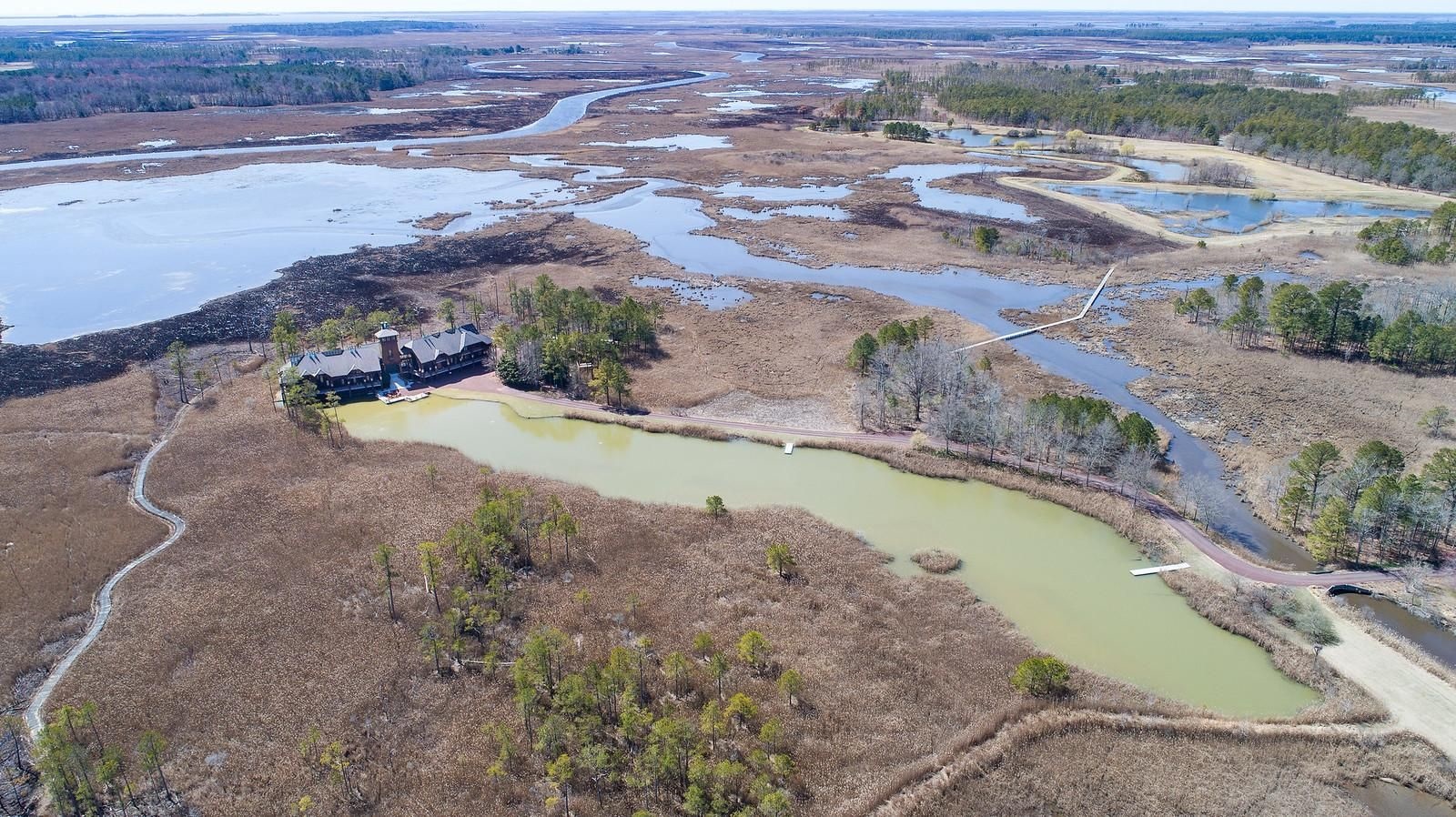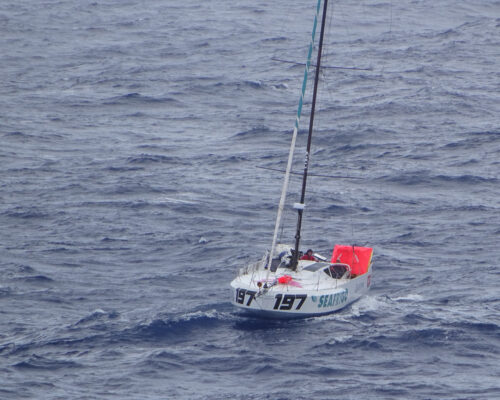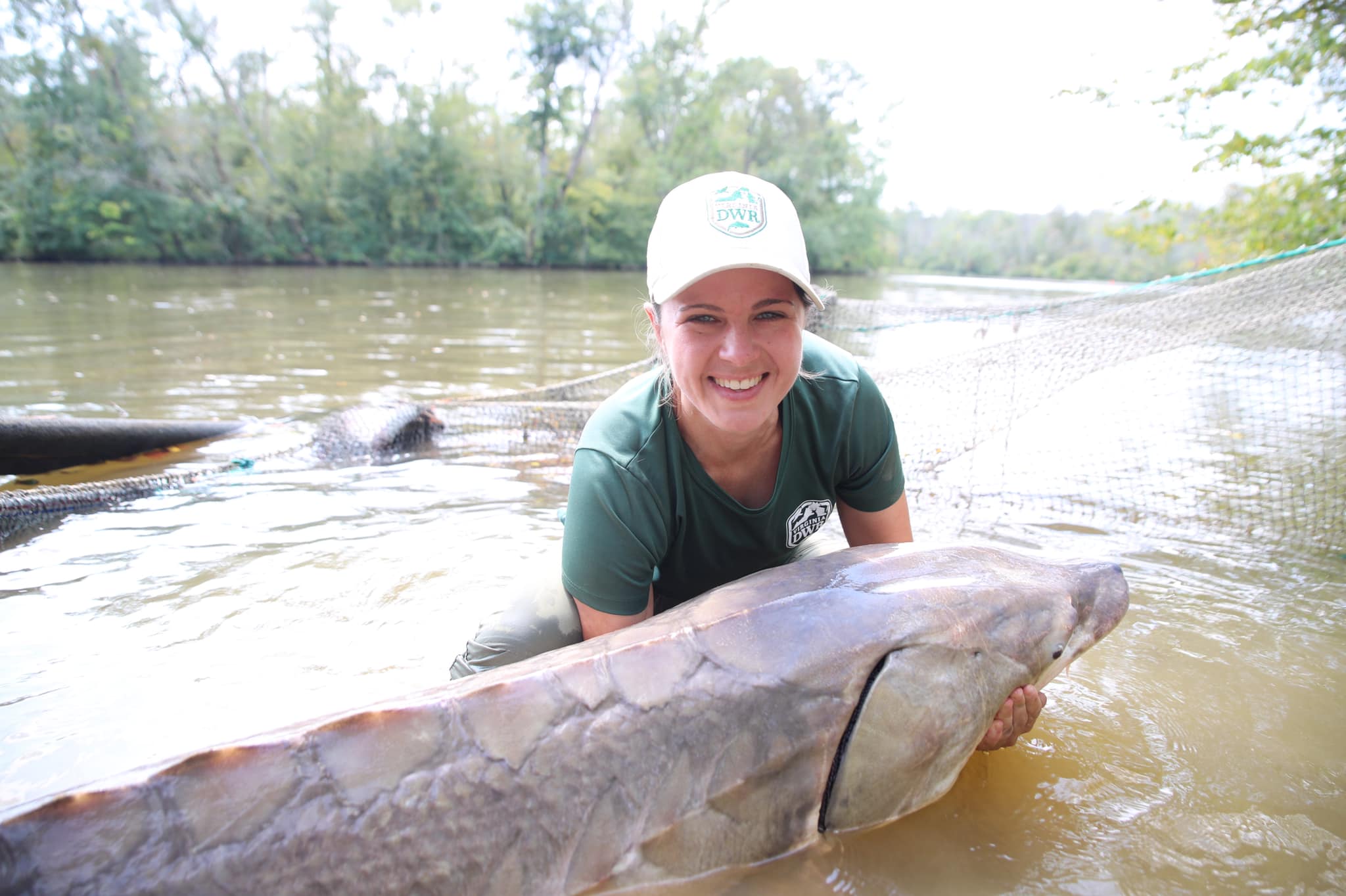The U.S. Coast Guard has released its annual report on boaters’ use of Personal Flotation Devices (PFDs) and the state-by-state numbers show the Chesapeake Bay region is behind on safety.
The 2019 Life Jacket Wear Rate Observation Study, the Coast Guard’s 21st time reporting on life vest use by American boaters, includes a breakdown of each state’s life jacket wear rates in recent years. It turns out Maryland has been below the national average across all segments for almost all of the past 12 years. And while Virginia’s rate has improved, some segments are still well below the national average.
Nationwide, use of life jackets since 1999 has slowly but surely increased. In general across the U.S., the smaller the boat, the more frequently life jackets are worn. Paddlers and jet skiiers use PFDs more frequently than people in cabin cruisers, for example. Life jacket use is much higher among children, as many states have laws requiring they be worn by those under 13.
Why are the numbers important? In a 2018 Coast Guard report, among 425 drownings, 84 percent of the victims weren’t wearing life jackets. USCG says statistics like these “make it essential to not only track the national life jacket wear rate among recreational boaters, but also to understand the circumstances and patterns in which life jackets are worn.”
This year’s addition of data tracked by state may be eye-opening to us on the Chesapeake, where recreational boating is a large part of the culture. In Maryland, the report finds powerboaters (both adults and children) wore life jackets less frequently than the national average. Only 2.9 percent of adults wore life jackets on powerboats from 2017 to 2019. On sailboats, adults wore life jackets half as often as the national average, just 15.3 percent. On paddlecraft, Marylanders were more proactive, with adults wearing life jackets 60 percent of the time, slightly higher than the national average.
81.4 percent of youth under age 13 wore a life jacket on powerboats (the national average is 86.6 percent). But as USCG points out in the report, the state of Maryland only requires children under 13 to wear a life jacket when they are on a boat smaller than 21 feet long. Otherwise, children on bigger boats (and adults on all boats) only need to have a Coast Guard-approved PFD (Type I, II, III or V) on board the vessel. Children under age 4 in Maryland need life jackets with additional safety precautions, like a strap between the child’s legs, an inflatable headrest and high collar, or a web handle to reach the child.
In Virginia, life jacket use has increased over the 12 years USCG tracked state data. 7.2 percent of adult powerboaters wore life jackets from 2017 to 2019, above the national average. Children under 13 wearing PFDs have also increased to match the national average. From 2017 to 2019, 88.6 percent of youth wore a life jacket on board. While use by sailors is also increasing, Virginia’s numbers still fall under the national average, with 23.6 percent of adult sailors wearing a PFD.
As in Maryland, Virginia’s laws say there must be one wearable (Type I, II, III, or V) USCG approved life jacket for each person on the boat. Unlike in Maryland, all children under 13 must wear a life jacket on board, with no exceptions for size of the boat.
While the USCG study finds the overall trend of boaters wearing life jackets is positive, percentages remain low considering the strong link between PFDs and survival in boating emergencies.
You can read the detailed findings of the report, including state-by-state breakdown and overall trends by type of boat and age, here.
-Meg Walburn Viviano




